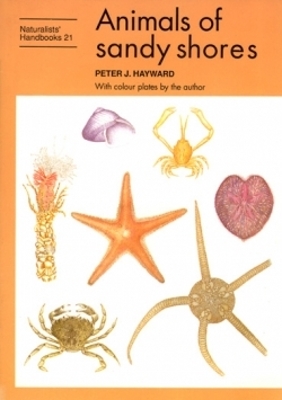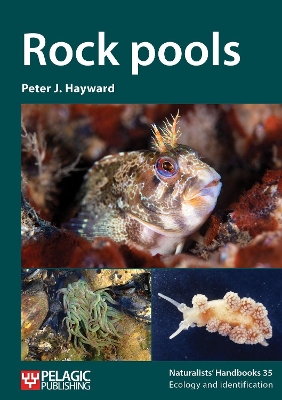Naturalists' Handbooks
3 primary works
Vol. 9
Vol. 21
The assemblage of animals living in sandy shores is richer than it might first appear, and it offers wonderful opportunities for ecological explanation without the need for expensive equipment. This book introduces the natural history of the community and provides keys that will enable readers to name the animals they find. It provides practical approaches for behavioural and ecological studies, including the survey and monitoring of populations. Local investigations of this kind form an essential basis for planning the conservation of sandy shore habitats, which are important both in their own right and as feeding grounds for birds.
This is a digital reprint edition of the book originally published in 1994 with ISBNs 0855462949 (hbk) & 0855462930 (pbk).
Book 35
On rocky coastlines, receding tides leave standing pools that have long held a fascination for the amateur seashore naturalist, revealing glimpses of colourful and curious marine plants and animals. Animal diversity is far greater in the sea than in terrestrial or freshwater habitats, and the hugely varied fauna of rock pools reflects that fact. Rock pools also undergo dramatic shifts in temperature, salinity and pH, making such habitats crucibles of adaptation and change. This Naturalists’ Handbook offers a comprehensive introduction to this captivating world, with chapters covering rock-pool ecology, seaweeds, animals, identification and guidelines for possible fieldwork and further study.
Also presented are detailed keys to all the main groups likely to be encountered when rockpooling around Britain and Ireland – from sea squirts to chitons, from anemones to sea spiders, from amphipods to fishes. Rock pools is an indispensable tool in discovering these kaleidoscopic habitats and their multitudinous inhabitants.


